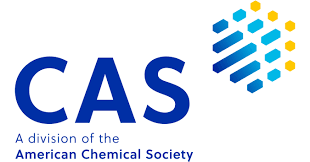Formulation and evaluation of transdermal patch of lidocaine HCl for insect bite
Keywords:
Lidocaine HCL, in vitro permeation, transdermal patches, controlled release, Hydroxypropyl methylcellulose,Abstract
Objective: Lidocaine needs to be administered frequently as it has poor oral bioavailability and it lacks prolong duration of action thus the study was aimed at to devise, develop, and analyze a matrix system transdermal formulation with Lidocaine HCl to give a sustained release effect of drug for chronic pains with a goal to enhance the bioavailability, avoid multiple administration thus improving the patient compliance. Materials and Methods: The different concentrations of different polymers of different grades such as HPMC K15, HPMC K100, Oleic acid, Eudragit RS100 and Patchouli oil were used in different conjuction to get optimized preparation of transdermal patches. Different hydrophilic and hydrophobic polymeric ratios resulted in plasticization with PEG 400 by the solvent casting method. The designed patches were then tested for their physico-chemical properties, including thickness, clarity, uniform drug content in patches and folding endurance. The improved formulation was then assessed by drug-excipient compatibility, in-vitro release study and kinetic modeling. Results: Folding endurance and clarity of al patches was satisfied. Spectroscopic techniques using the Fourier transform in the infrared and ultraviolet spectrum were used to rule out the interference of the polymers. In vitro release studies of Lidocaine were performed using a modified diffusion cell and phosphate buffer with a pH of 7.4, HCl loaded patches and it followed Higuchi and Korsmeyer Peppas model. In vivo drug release studies demonstrated the release up to 24h with release of 90.97% to 97.57%. Conclusion: The findings concluded that transdermal patches of Lidocaine HCl prepared by different grades of polymer were capable of exhibiting sustained release or controlled release of drug with defined stability. The developed patches had produced encouraging outcomes.
Downloads
Published
How to Cite
Issue
Section
License
Copyright (c) 2024 The authors retain the copyright without restriction.

This work is licensed under a Creative Commons Attribution 4.0 International License.









